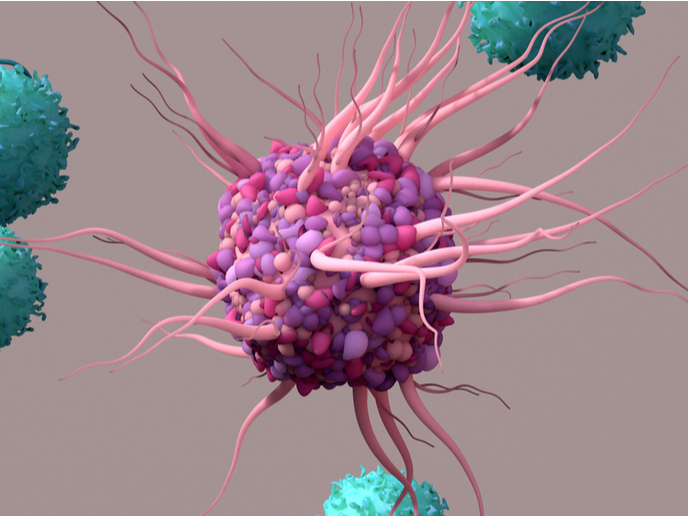Intelligent drug discovery with hybrid neural-computing devices
The journey from discovering a new drug to its approval is long and costly, often taking years of research, clinical trials, and regulatory scrutiny. With advancements in technology, such as artificial intelligence and high-throughput screening, the drug discovery process is evolving. However, the need for improved functional screening assays remains. While in vitro cultured cells offer important information on the functional impact of a compound, they do not recapitulate the cell-to-cell interactions of native tissues. This is particularly problematic for modelling brain diseases, where cultured neurons lack the natural synaptic connections responsible for neuronal network activity.
Hybrid neural-computing device
The EU-funded NEUREKA project aims to overcome these challenges and develop a biophysical model that reproduces neuronal connectivity in vitro. The key objective has been to drastically improve the way we screen and identify potential drug candidates, particularly for neurodegenerative diseases such as Alzheimer’s and Parkinson’s. “Our hybrid system offers the best of both worlds: it connects biological neurons on a chip with simulated networks, allowing for real-time communication between living neural tissues and artificial computing systems,” explains project coordinator Yiota Poirazi. As she explains, the NEUREKA platform consists of three elements: a micro- or nano-electrode array (MEA or NEA), a neuronal culture that grows on top of the MEA and a computational network model that exhibits Alzheimer's disease deficits (AlzModel). The AlzModel stimulates the MEA to drive selected activity states in the cultured neurons. This activity is then fed back to the AlzModel, resulting in a hybrid population of computational and biological neurons.
A biophysical model of Alzheimer’s disease for drug screening
Chemical compounds can be added to the NEUREKA platform to assess their impact on the activity and molecular profile of the cultured neurons, aiming at ameliorating disease deficits. The biological neurons act as ‘biosensors’, responding to these compounds and transmitting this information to the computational device, which processes the data. “The most significant achievement was the ability to induce disease-relevant activity states in the cultured neurons. To our knowledge, none of the existing in vitro technologies can provide such a realistic environment for drug screening,” highlights Poirazi. Initial experiments with known Alzheimer's drugs such as memantine and valproic acid have shown promising results, paving the way towards the utilisation of large compound libraries to further validate the drug screening efficacy of the platform.
Impact on drug discovery and beyond
NEUREKA’s hybrid neural-computing device represent a bold new direction in the field of drug discovery. The platform is unique in its ability to efficiently drive, modulate and read out neuronal connectivity and activity of cultured neurons under more realistic disease conditions. As such, it offers a more predictive model of neuronal tissue than conventional cell cultures. This could lead to more effective drugs reaching the market faster, particularly in the field of neurodegenerative diseases, where treatment options are desperately needed. Furthermore, NEUREKA has the potential to transform personalised medicine. “By using patient-derived neurons in the testing process, the platform can help identify the most effective treatments for individuals based on their unique biological makeup,” concludes Poirazi. This personalised approach could revolutionise how we treat neurological disorders, ensuring that patients receive treatments that are tailored to their specific needs.
Keywords
NEUREKA, drug discovery, neurons, computational model, biophysical model, Alzheimer’s disease, drug screening







